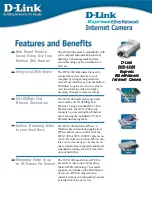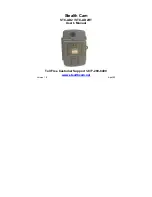
9
It is impossible to describe all camera types and their individual dedicated flash
functions within the scope of these instructions. Therefore, please refer to the flash
mode description in your
out which
functions are supported and which ones have to be set manually on the camera.
Using lenses not equipped with a CPU (i.e., lenses without auto focus mode),
results in certain functional limitation.
4 Preparing the flash unit for use
4.1 Power supply
Suitable batteries/rechargeable batteries
The flash unit can be operated with any of the following batteries:
2 nickel-metal-hydride batteries 1.2V, type IEC HR6 (size AA)
2 alkaline-manganese dry cell batteries 1.5V, type IEC LR6 (size AA).
Maintenance-free power source for moderate power requirements.
Please only use the power sources given above. If other power sources are used,
there is a risk of damaging the flash unit.
If your flash unit is not going to be used for an extended period of time, remove the
batteries.
Replacing the batteries
The rechargeable batteries/batteries are empty or flat when the flash delay exceeds 60
seconds (interval between triggering a full output flash and when the flash readiness indicator
is relit).
Switch off the flash unit by pressing the button
ON / OFF
until all LED lights are off.
Remove the flash device from the camera and slide the
battery compartment lid
downwards.
Insert the new batteries and slide the battery compartment
lid
back into place to lock it.
Please ensure the batteries/rechargeable batteries are inserted correctly by
checking against the symbols in the battery compartment. Incorrect insertion
can terminally damage the unit. Risk of explosion in event of improper use of
batteries. Always replace all batteries with the same high-quality brand
batteries of the same capacity. Used batteries and rechargeable batteries
should not be disposed of with domestic waste. Do your bit for the environment
and dispose of used batteries/rechargeable batteries at designated collections
points.









































